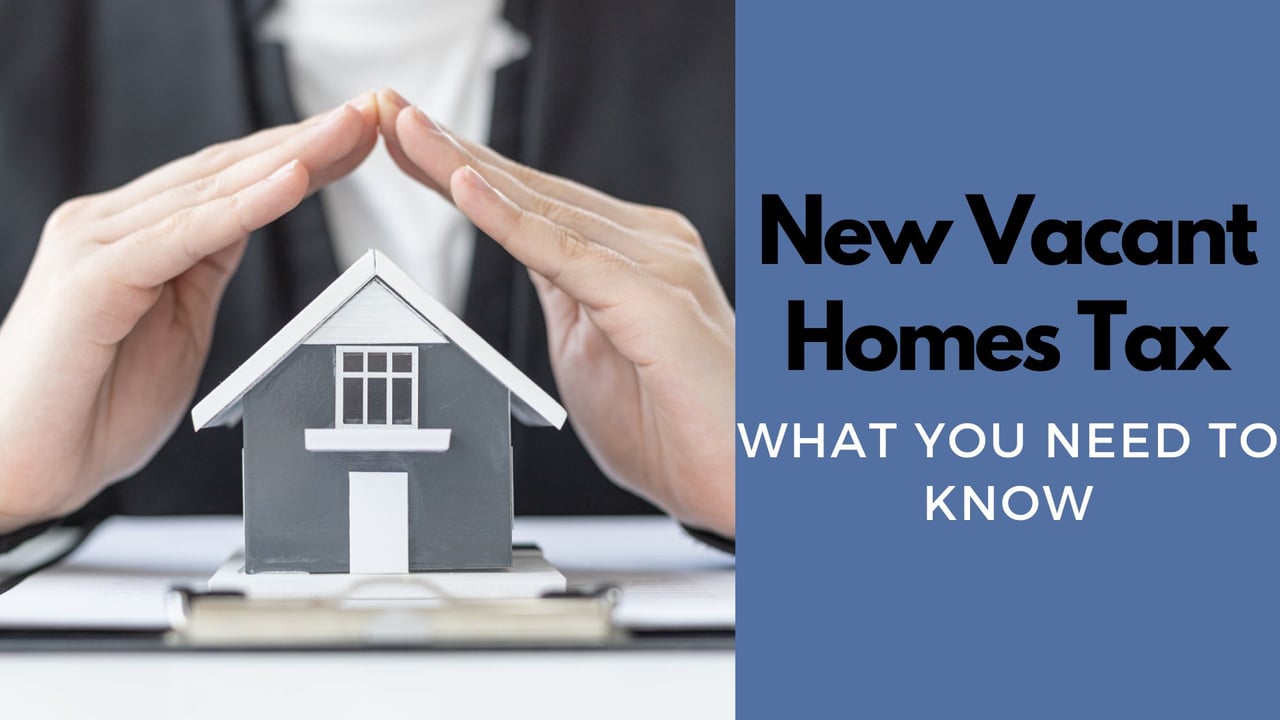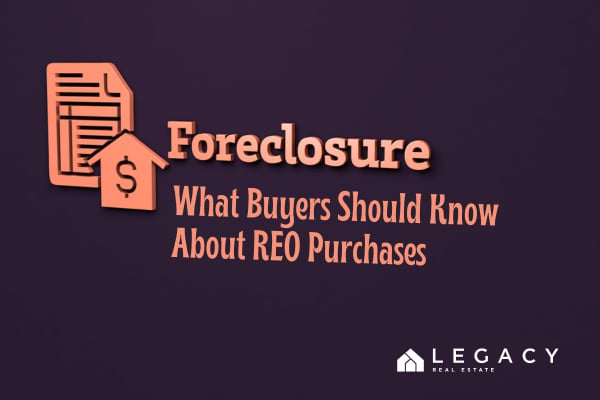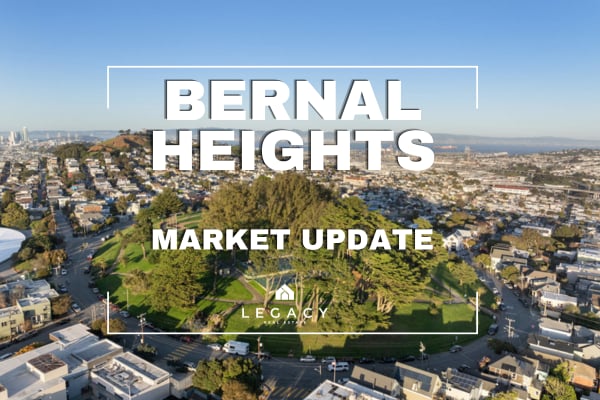The Vacant Homes Tax
November 5, 2024

November 5, 2024

On October 31, 2024 the San Francisco Superior Court issued a ruling against the City and County regarding the Empty Homes Tax (Case Number: CGC-23-604600). The SF Treasurer is currently evaluating the court's decision and how it impacts our upcoming collections for the tax and we expect to have more information in the coming weeks. The SF Treasurer will continue to update their website with new developments.
The Empty Homes Tax was approved by San Francisco voters on November 8, 2022 and became effective on January 1, 2024. Generally, it imposes a tax on keeping certain residential units vacant for more than 182 days in a calendar year. Filing and payment will begin for most people in 2025.
If you own a vacant residential unit in San Francisco you may be subject to a new tax initiative starting January 2024. The measure is an effort to put empty units back onto the market and provide more housing. Details are below.
Whether you are wondering if you should rent a unit, sell it, or you’re considering an investment property, we are here to help! Give us a call.
Property owners of condos, lofts, TICs, or Co-Ops in a 3-unit building or larger. San Francisco’s Empty Homes tax will tax owners who leave their units vacant for 182 days (6 months) or longer, whether consecutive or non-consecutive.
Single-family homes and duplexes are exempt. Units “occupied or intended for occupancy primarily by travelers, vacationers, or other transient occupants” are not subject to the tax. This excludes hotel rooms from the tax. Nursing homes and residential care facilities are also exempt.
Are there any limits to the 182 day Empty Home Tax clause?
YES.
The vacancy tax is based on the square footage of a unit plus how many years it has been left vacant. It is designed to address the 75.9% of property vacancies.
Revenue from this tax will go towards subsidies for seniors and low-income households, and pay for more affordable housing.
LEARN MORE
ARTICLE 29A Empty Homes Tax (Feb 7. 2022)
Economic Impact Report - City & County of San Francisco
Stay up to date on the latest real estate trends.

December 23, 2025
November data shows a tighter market - higher median prices, fewer listings, and faster sales across San Francisco.

December 19, 2025
Escape the San Francisco Winter Chill

December 5, 2025
How Savvy Buyers Can Find Opportunity

December 4, 2025
In November 2025, 14 single-family homes sold in Bernal Heights.
You’ve got questions and we can’t wait to answer them.